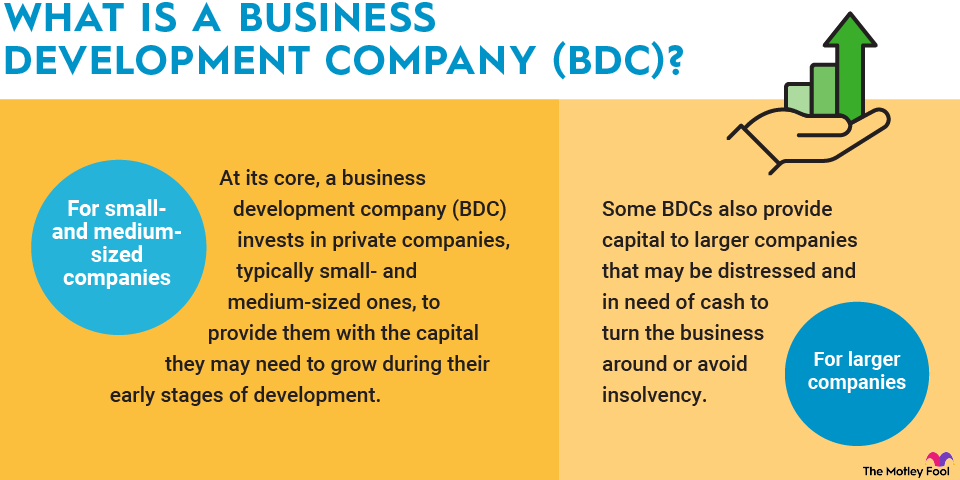Whether you're dabbling in options or getting really serious about them and want to find more ways to model their values mathematically, the Black-Scholes model is a tool you may want in your toolbelt. This model can help you predict the fair value of a European-style option contract. Read on to learn how it works.

What is the Black-Scholes model?
The Black-Scholes model, sometimes called the Black-Scholes-Merton (BSM) model, was developed in 1973 as a solution to the question of how to put a price on active options contracts. Using five inputs, you can model the theoretical value of these derivatives.
Although it provides a solid framework for determining these values and helps investors mitigate some level of risk, the Black-Scholes model isn't perfect and can sometimes make inaccurate assumptions about future volatility, as well as assumptions that may never come to pass. Given that, remember to use this model as a starting point, not as a final destination.
What are the inputs for the Black-Scholes model?
There are five variables required to run a Black-Scholes model. These are:
- Call option price
- Current stock (or other underlying asset) price
- Strike price
- Risk-free interest rate
- Time to expiration, in years
Before you attempt to perform this calculation, you'll need all of this information.
Assumptions of the Black-Scholes model
One important thing to note is that the Black-Scholes model makes some very specific assumptions to simplify the math (you'll understand why I'm laughing while writing this later). The main assumptions are:
- There's a lognormal distribution, with prices that can't go below zero.
- The stocks underlying the options don't pay dividends.
- The options can be exercised only on their maturity date, which is why it's favored for European options.
- The stock market is incredibly volatile, and market direction cannot be reliably predicted.
- The model does not include transaction costs, such as brokerage fees or commissions.
- The interest rate is constant, eliminating interest-related risk.
- There's a normal distribution curve, meaning stock returns as a whole follow a bell-shaped curve and volatility is constant over time.
- There's no arbitrage.
The Black-Scholes model formula
This is the formula for the Black-Scholes Model:
C = S * N(d1) - K * e^(-rT) * N(d2)
where:
d1 = [ln(S/K) + (r + σ²/2)T] / (σ√T)
d2 = d1 - σ√T
Assuming that:
C = The price of the call option.
S = The current market price of the underlying asset.
K = The strike price of the option.
r = The annualized risk-free interest rate.
T = The time to expiration, in years.
σ (sigma) = The volatility of the underlying asset's returns.
N(x) = The cumulative standard normal distribution function, which gives the probability of a random variable from a standard normal distribution being less than x. In our case, x = d2.
e = The mathematical constant for the base of the natural logarithm.
Yes, it's very complicated, and frankly, it's not necessarily even a fully settled mathematical calculation. Numerous papers have been written on how to execute this model, but this is the generally accepted formula of the moment.
Related investing topics
Less painful methods
Instead of engaging in this mathematical headache, you're probably much better off finding a Black-Scholes model calculator online. That is, unless you just love doing painful mathematical calculations.
Try the calculator from Columbia University or the one from Drexel University.
If you follow any of my writing here at The Fool, you know I typically tackle whatever math comes my way, but this is one that I think is better left to the computer to handle.


















